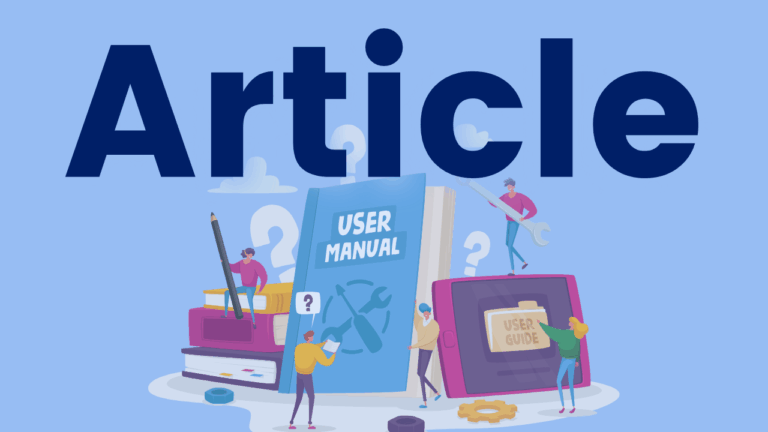From Linguistic Racism to Linguistic Justice and Liberation: Black Language, Literacy, and Learning
This webinar highlights thie importance of respecting linguistic variation, and integrating it into language and literacy instruction of Black children. It explores the relationship between Black children’s language and the development of a healthy identity.




